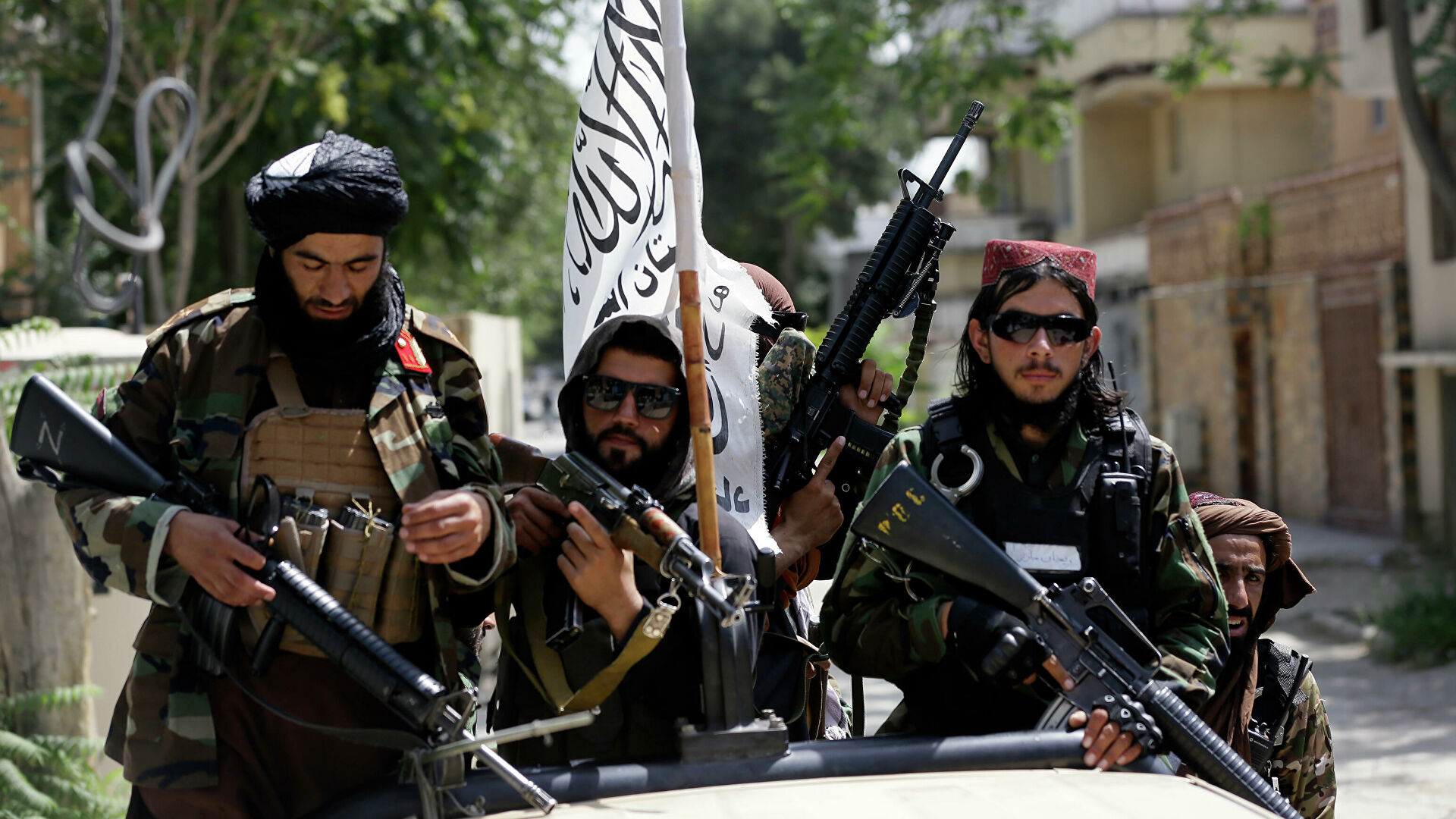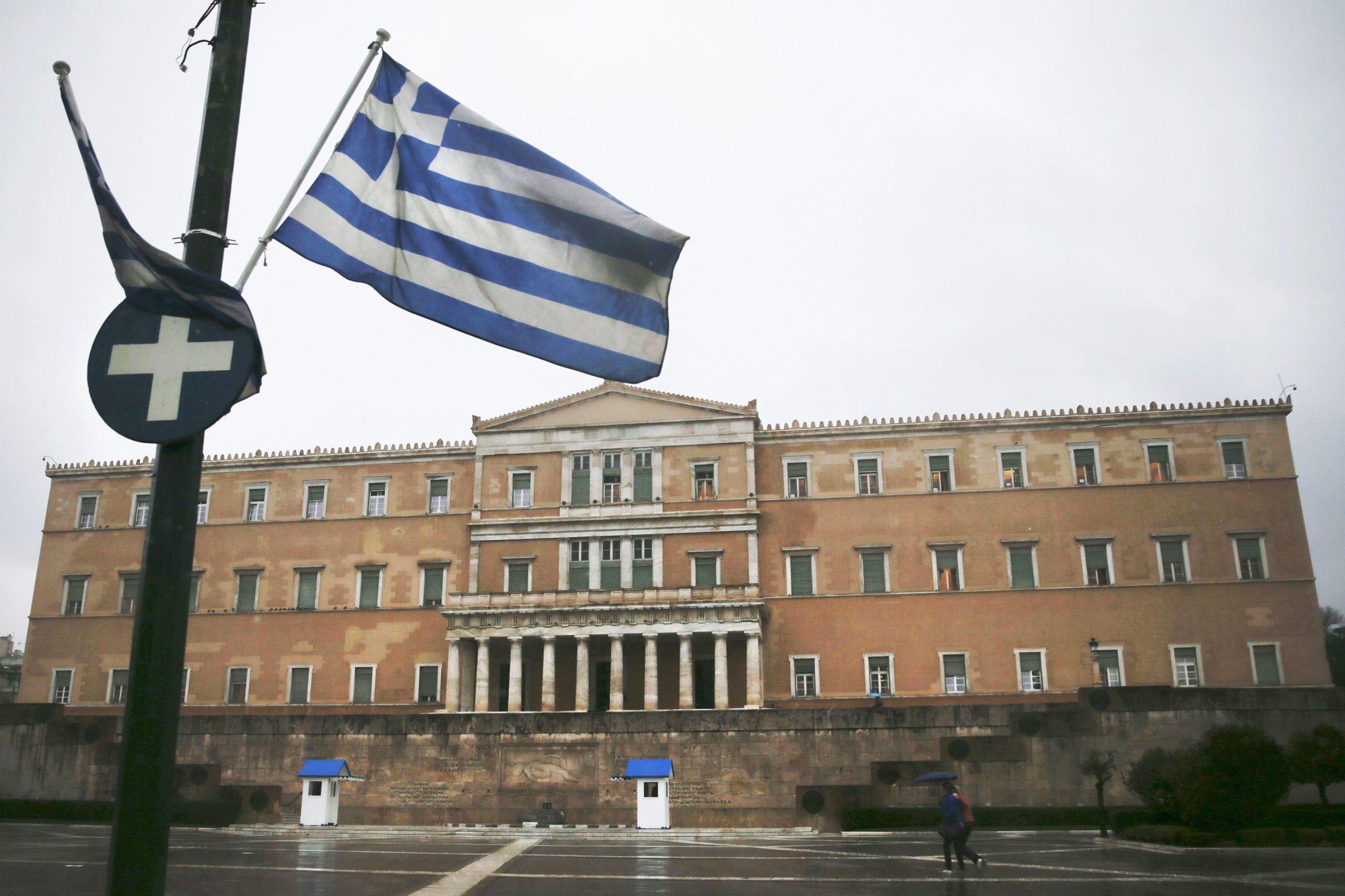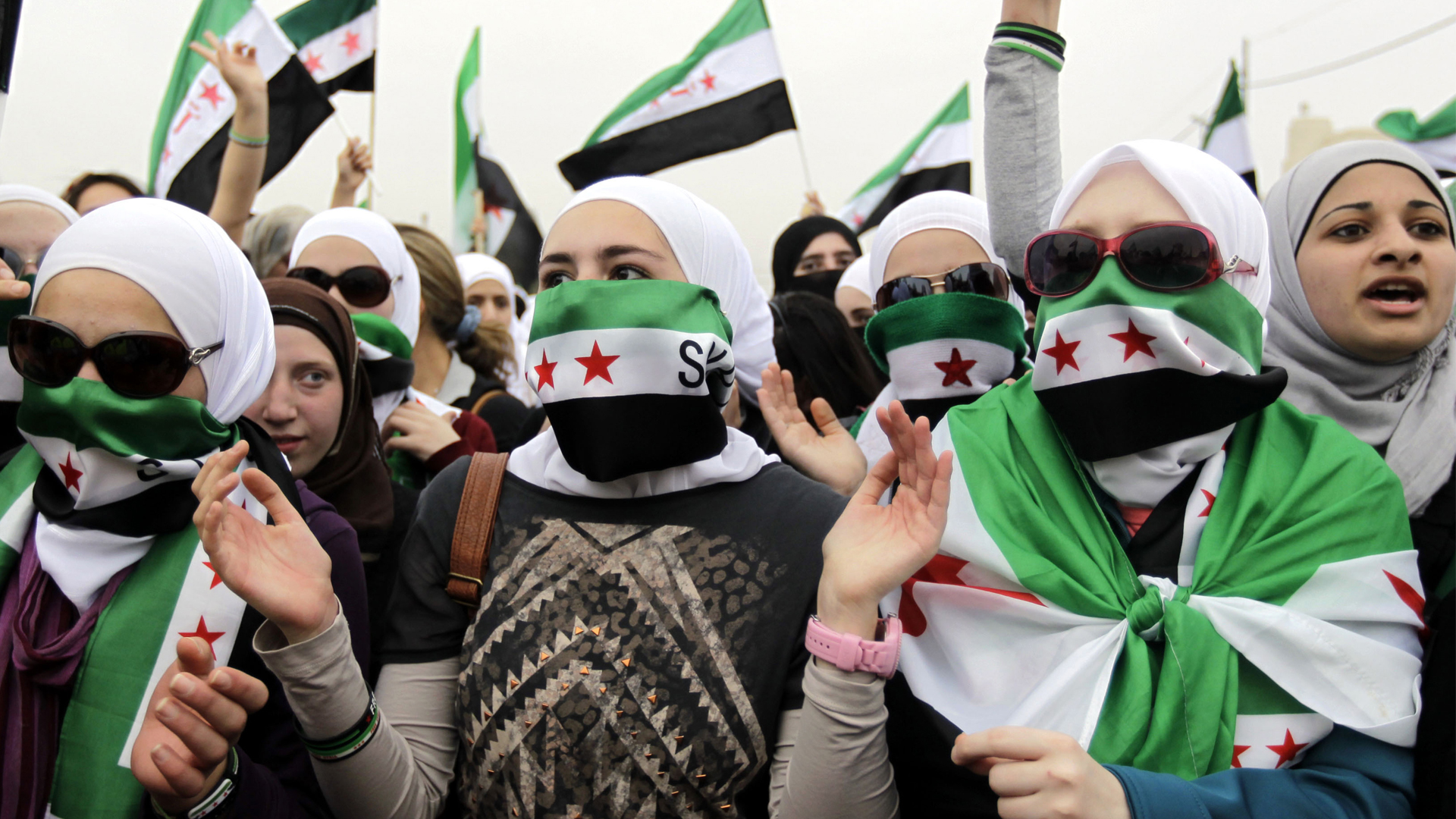ABSTRACT
The ASALA Terrorist Organization, which will be examined in this study, will be discussed within the scope of Armenians and Armenia in the historical process by considering people from different nationalities who were murdered, especially Turkish diplomats, by the organization. ASALA, which is a paramilitary ethnic terrorist organization, has determined its ideologies on the line of Marxism-Leninism and Turkophobia, and it has opposite poles within itself. The expansion of the name of the organization is ‘Armenian Secret Army for the Liberation of Armenia’. It actively maintained its effectiveness between 1975-1994. This organization was founded by a Beirut Armenian Agop Agopian, who was also known as ‘Harutün Tokaşyan’, with the help of the Popular Front for the Liberation of Palestine, in the city of Beirut, during the Lebanese Civil War on 1975 (Çam, 2014).
The Armenians
Armenians are an ethnic group residing in the Anatolian Peninsula for many years. It is generally accepted that there is a consensus about the origins of this community. They lived in the Eastern Anatolia region of Turkey around 400 BC. Armenians called themselves ‘Hayk’ and they called the region, which they lived in, ‘Hayastan’. During the time of the Ottoman Empire, they were engaged in trade and art in these lands and took part in many levels of the state. The Armenians, who known as the “loyal to nation” (Halaçoğlu, Armenian Deportation, 2019) and the minority citizens were considered equal with the Muslim citizens with the declaration of the The Imperial Edict of Gülhane in 1839. The answer to the question of how the Armenians became a problem is quite clear. During the disintegration period of the Ottoman Empire, among the communities formed by many Western States and the minority people of these communities who had the most contact with the Ottoman Empire, Armenians came after the Greeks. The reason for this is not only because they are Christians, but also minorities would be allowed to establish a state in accordance with the agreements which would be signed. Therefore, the Armenian Orthodox Gregorian Church demanded an autonomous state in order to protect its independence. At the same time, with the arrival of Protestant missionaries to the country from 1800s, the Ottoman Empire recognized the Protestant Armenian Church. After the Ottoman-Russian War, the right to establish a state was given to Armenians, in accordance with the 16th Article of the Ayastafonos (Yeşilköy) Treaty in 1878. While it was the first time that Armenian question took place in the international arena for the first time, after with the cancellation of the agreement, Armenians could not obtain the right to establish a state, until 1920. With the recognition of Armenia in accordance with Articles 88 and 93 of the Treaty of Sèvres; Trabzon, Erzurum, Van and Bitlis were declared Armenian lands by US President Wilson. However, this agreement was not implemented. With the National Struggle which was initiated by Mustafa Kemal Atatürk, and the Lausanne Peace Treaty which was signed on July 24, 1923; Armenians received the minority status, and their constitutional rights were determined. (Akbulut, 1995)
Events of 1915
In order to explain the Armenian Deportation, it is necessary to know the meaning of the word ‘deportation’ in Ottoman Historical Terminology. The term “forced migration”, which means ‘mandatory transfer’ from one place to another within the country, and the Armenian events, which are defined as ‘dispatch and resettlement’ in the documents, are an issue that is discussed in the international arena for both sides today. But the main issue is that this migration was not made to another country outside the Ottoman Empire, and such a situation is not in question. (Mert & Kurban, 2016) In the letter, which sent to the Eastern Front in accordance with the decision taken by the Ottoman Ministry of Internal Affairs on April 24, 1915, these words took place: “It was verbally decided that; the Armenians from the Eastern Anatolian provinces, Zeytun and places as like this, where they have densely reside; would be sent to vicinity of the south of Diyarbekir province, to the Euphrates river valley to the Urfa and Sulaymaniyah.” (Halaçoğlu , 2008).
Of course, deaths and diseases have occurred in every migration, in line with the reasons and conditions of forced migration, historical documents and evidence. In order to be called genocide here, the masses must be subjected to death in the form of fabrication. However, it should be accepted that deaths occurred as a result of mutual attacks in 1915, and the term forced migration should be understood correctly. The decision taken by the state as a result of the attack of a nation whose security in the region is under threat by another minority within that nation is a valid reason for national security. The fact that this issue between Turks and Armenians is being mentioned so much in the world press, intends to take revenge on the so-called genocide allegations and the dream of a “Greater Armenia” that has been going on since Armenia declared its independence.

ASALA Organizational Structure and Assassinations
There is no definite information about the organization ASALA with its terror and violence practices targeting the superstructure in line with its Marxist lines. It made its name with the attack on the World Council of Churches Office on January 20, 1975. (İşeri, 2008)
“ASALA’s headquarter is on the top floor of a beige building, which has 4 floors, on Amanus Street, Manus, Beirut’s Burç Hamud District. Its official publication is the monthly “Azada Kurum” newspaper.” (Tuncer, 2018) The Chairman of the Central Executive Board is known as Ohannes Manukyan. The financial side of the organization is undertaken by Armenian Setrak Bogosyan from Beirut. And the Chairman of the Central Executive Board is Aram Madeyan, who is from Beirut.
Subordinate to the Central Committee; organization has sub-organizations and organs such as the Political Committee, the Financial Committee, the Propaganda and Broadcasting Committee, the Intelligence Committee and the Military Committee. Like similar terrorist organizations, ASALA has an unconventional war discipline and in order to gather independent committees under a single roof, the Lebanese Central Committee has been chosen as the powerhouse of the organization. (Çam, 2014) Country and regional officials were appointed in political centers by divided into two groups as military and political committees. In the Military Centers, they were divided into command groups and organized as cells which consisted with 2 or 4 people. These people do not know each other, and the organization attaches great importance to confidentiality. The groups whose names have been revealed from their military committees are listed as follows;(İşeri, 2008)
a) Martyr Refti Balian Commando Group,
b) Black April 24 Commando Team,
c) Gourgen Yanikian Commando Group,
d) Yanikian and Sasunian Commandos,
e) European 21st Commando Group,
f) Armenian Justice Committee,
g) Antranig Pasha Commandos(Çitlioğlu, 2007)
The contact between the ASALA organization and the PKK is quite open. In line with the ideologies and goals that complement each other, ASALA and other Armenian organizations took lessons in PKK terrorist training camps; They dreamed of establishing a state in the East and Southeast regions. The organization’s relationship with similar organizations also tried to contact leftists and revolutionaries in Turkey. These are knowing that, they were in contact with the Irish Republican Army (IRA) and Italy’s Red Brigades, and they worked together with the Kurdistan Workers’ Party (PKK), and in the camps in Lebanon, where they train the people, who was known as ‘Apoists’ on that time (Tuncer, 2018).
ASALA also included Armenian terrorists in France, during the Armenian Conference held in Paris in 1979. Upon the Israeli occupation of Palestine in 1982, ASALA left the region and switched to Iran and Greece, where it could have safe accommodation. The assassinations of Turkish diplomats and their families started after the first assassination, assassination of Turkish Ambassador of Austria, Daniş Tunalıgil on October 22, 1975, in Vienna. They carried out totally 110 actions such as assasination attempts, bomb attacks, and hostage-taking attempts. These actions; which include 39 armed, 70 bombed and one occupation, were carried out in 38 cities of 21 countries (İşeri, 2008). Since it could not fully provide militant support in Turkey, it carried out the Esenboğa and Grand Bazaar Raids in Turkey. The actions they have taken are given in the table below:


ASALA’s Goals and Dissolution of the Organization
The aim of the organization is to realize the “dream” of Greater Armenia, after the Armenian Genocide was accepted by Turkey and paid compensation.
The roadmap determined by ASALA was published in 1980 by a journal called ‘Hayastan’. Their goals are as follows;
1. Concentrating on armed terrorist movements in these countries with the support of the diaspora and starting these actions in Turkey over time,
2. To unite the scattered communities of the Diaspora, to consolidate the foundations of the organization,
3. To cooperate with other revolutionary and ML forces such as the PKK, which supports Armenians in the world,
4. Take full support from the Soviet Union and use Soviet Armenia as a base. (Tuncer, 2018)
ASALA has made many collaborations to solve the financial problem. It has been involved in many jobs, including drug and weapon smuggling. The issues, which the parties within the terrorist organization could not reach a consensus on most of the time, came to the agenda. The most well-known of these, ASALA’s actions were criticized in the international arena, especially by the European States and France, after the bomb detonated in front of THY’s Orly office on July 15, 1983, with 63 people, 28 of whom were Turks, injured, and 8 people died at the scene. The biggest reason behind its criticism is that the organization targets civilians. The organization came to an end when Monte Melkonian left ASALA, and the leader of the National Armenian Movement Ara Toranyan withdrew his support from the organization. According to the foreign powers behind ASALA, it has completed its mission and it has been decided to eliminate ASALA, and then support the PKK, which has replaced it. According to some, the ending of ASALA’s attacks against Turkish diplomats as a result of a secret team (including Abdullah Çatlı) who was assigned with a secret mission by the government of Republic of Turkey, to destroy Armenian terrorists abroad. (İşeri, 2008)
Conclusion
The Armenian Question, which started with the ‘Armenian (so-called) Genocide’, continues to be constantly renewed in the agenda of Turkey and the world. Finally, US President Joe Biden said that he recognized the 1915 events as the “Armenian Genocide”. Although ASALA is not the end of organizations who are trying to create a state illegally; such groups will continue to exist in the world by changing their names, although their structure remains the same.
Prepared by Ömer Gümüş for The FEAS Journal.
REFERENCES
Akbulut, İ. (1995). Türk Tarihinde Ermeniler. Ankara University, Journal of SBF.
Çam, M. M. (2014). Ermeni Terör Örgütleri ve ASALA. YENİ TÜRKİYE.
Çitlioğlu, E. (2007). Ölümcül Tahterevalli Ermeni ve Kürt Sorunu. Ankara: Destek Publishing.
Halaçoğlu , Y. (2008). Sürgünden Soykırıma Ermeni İddiaları. İstanbul: Babıali Kültür Publishing.
İşeri, R. (2008). TÜRKİYE’DE ETNİK TERÖR: ASALA VE PKK ÖRNEĞİ. Atılım University, Instıtute of Social Sciences..
Karaş, Z. (2007). Ermeni Terör Örgütü: ASALA. Unpublished Master’s Thesis, Atılım University. Ankara .
Mert, H., & Kurban, V. (2016). Azerbaycan Basınında 1915 Ermeni Meselesi. Anadolu University, Journal of Social Sciences,, 3(16), 183-196. doi:10.18037/ausbd.390405
Tuncer, A. (2018). ASALA ÖRGÜTÜ. Türk Dünyası Araştırmaları, 85-104.












